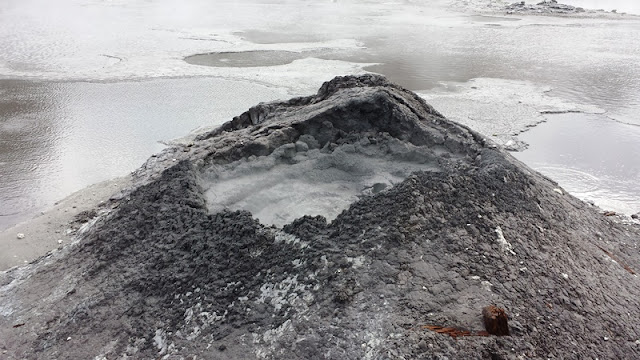This blog informs you about the Māori people of Aotearoa New Zealand, their language and their culture: he tangata, he tangata, he tangata - it is people, it is people, it is people. The most important part of creation is people.
Saturday, September 07, 2013
Wednesday, August 28, 2013
Level 1.1 & 1.2
| Achievement objectives | Possible learning and assessment activities |
|---|---|
| 1.1 Greet, farewell and acknowledge people and respond to greetings and
acknowledgments 1.2 Introduce themselves and others and respond to introductions |
Students could be learning through:
|
Saturday, August 03, 2013
Subscribe to:
Posts (Atom)

























































































































